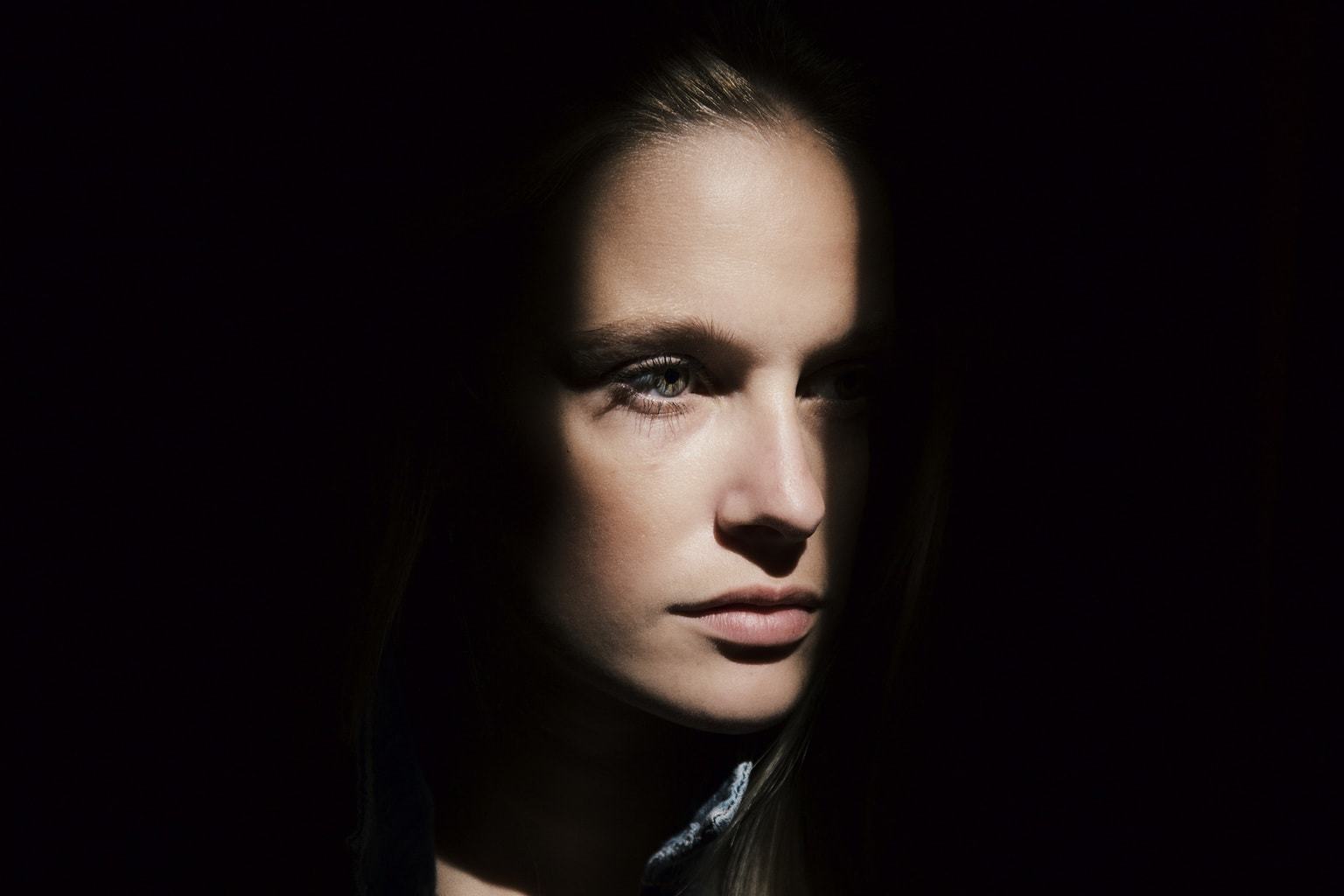Light is everything in photography, it is capable of radically transforming an image, transforming its meaning, its sensations and its message (I recommend you delve into the subject of lighting in photography in this mega guide that we have prepared for you) . Something apparently as simple as changing the orientation of the light, its intensity or its temperature, can be key when thinking about a portrait and obtaining a good result. Today we'll take a look at how to make the most of the most controversial light of all, hard light, for dramatic portraits.
Wait a moment, before continuing, if you are interested in this discipline, do not miss the very complete guide on portrait photography where we tell you all the tricks, tips and inspiration, much more than you can imagine.
WHAT IS HARD LIGHT?
The hardness or softness of light is part of what we call light quality . Hard light is characterized by creating very marked and dark shadows and a lot of contrast between black and white (the transition from white to black is very fast).
Applied to portraits, hard light creates very strong shadows in some areas of the face, and brings out the volume and textures of the face (depending on the orientation of the light) making them much more dramatic.
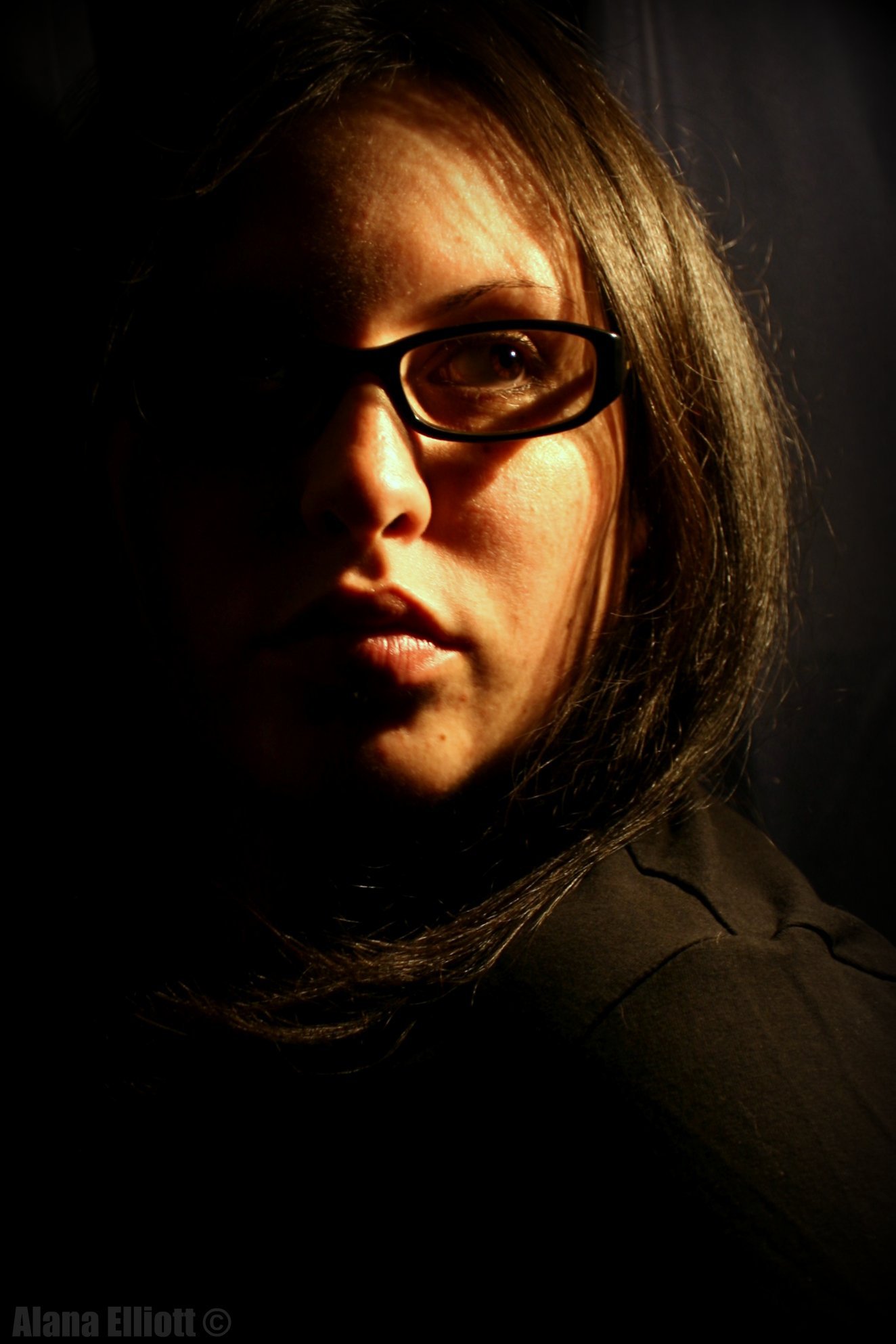
HOW TO GET HARD LIGHT FOR YOUR DRAMATIC PORTRAITS?
The hard light depends on several aspects, such as the intensity, the size of the source or the directionality of the light.
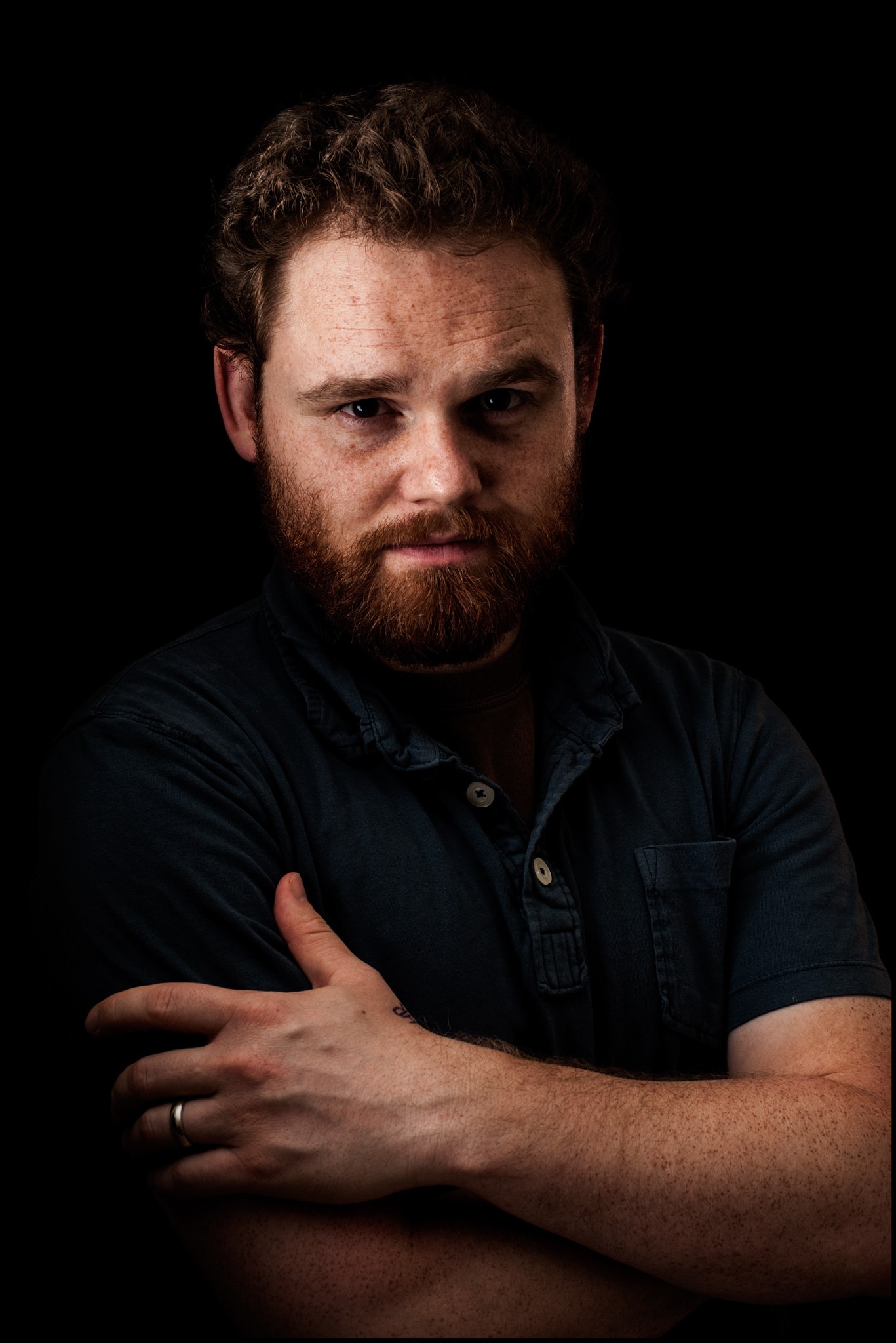
The size of the light source : Hard light is achieved with small light sources . The smaller this light source is, the harsher it will be. Think, for example, of the illumination that a flashlight provides in a dark room and the illumination that a larger lamp can generate.
The distance : The closeness or distance of the light source also affects the hardness of it. Imagine the illumination of a lamp and what happens if you bring it closer to a wall. The closer you are to the wall, the less the light is scattered and the harsher it becomes, while moving the lamp further away from the wall makes the light scattered and softened.
Directionality : The orientation or direction of the light also depends on the texture, the sensation of volume and the intensity of the tones.
- Frontal: Bring out the details of the face and reduce the textures
- Side: Highlight textures and increase volume
- Zenital: Creates marked shadows under the eyes, nose and chin
- Nadir or low angle: Creates quite unnatural shadows on the face
- Rear: To play with backlights , contrasts or silhouettes
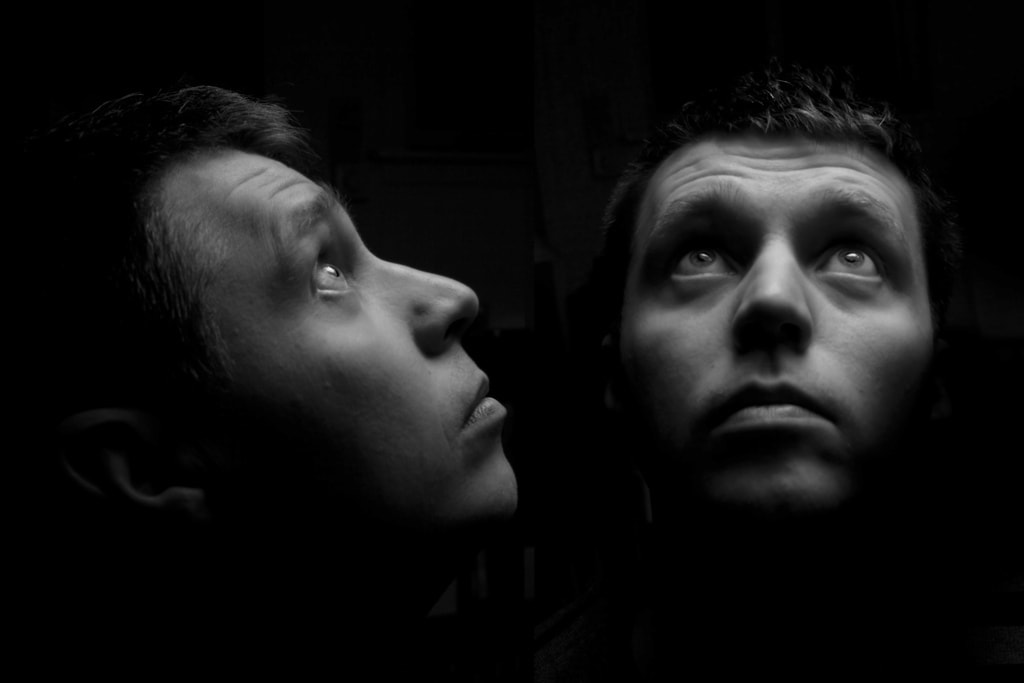
HARD LIGHT SOURCES
Hard light is very easy to come by. A simple lamp without a shade, a flashlight, flashlight, or just the sun when it is high in the sky are all sources of harsh light. Remember that the smaller this light source is and the closer it is to your model, the harsher it will be.
- Lamp without diffuser screen
- lanterns
- Sunshine
- Flash
- Windows
WHAT KIND OF MEASUREMENT IS BETTER?
It is not only the light itself that is important. It is equally or more important to know how and where to measure it , especially in scenes with this type of contrasting light. Poor measurement in scenes with such a difference between light and shadow will make the image lose its drama.
MEASUREMENT TYPES
Matrix or evaluative : We always say that it is the one that works well in 98% of the cases. Well, this is that 2% where it won't work for you ? Matrix metering works by evaluating all the tones in the scene and giving you an average exposure that tries to be correct for all the lights. In this case where the light is so harsh and contrasted and there is such a difference between highlights and shadows, we are not interested in a "correct" measurement for the entire image, mainly because the cameras are not prepared to work with this high dynamic range (difference between lights and shadows).
Spot : Meters the light at the exact point you indicate without taking into account the tonal information surrounding that point. It is the most accurate of all, although that does not mean that it works well in all situations. It is very useful for scenes with a marked difference in lighting between our center of interest and the rest of the scene.
Center-weighted or partial evaluative : Takes the information from the central area of the image, considering it the most important in the scene.
For these types of scenes, what do you think would be the most suitable metering mode? If you thought of spot mode, you were right ? To work with hard light in portraits, we recommend using spot metering due to the high contrast between light and shadow.
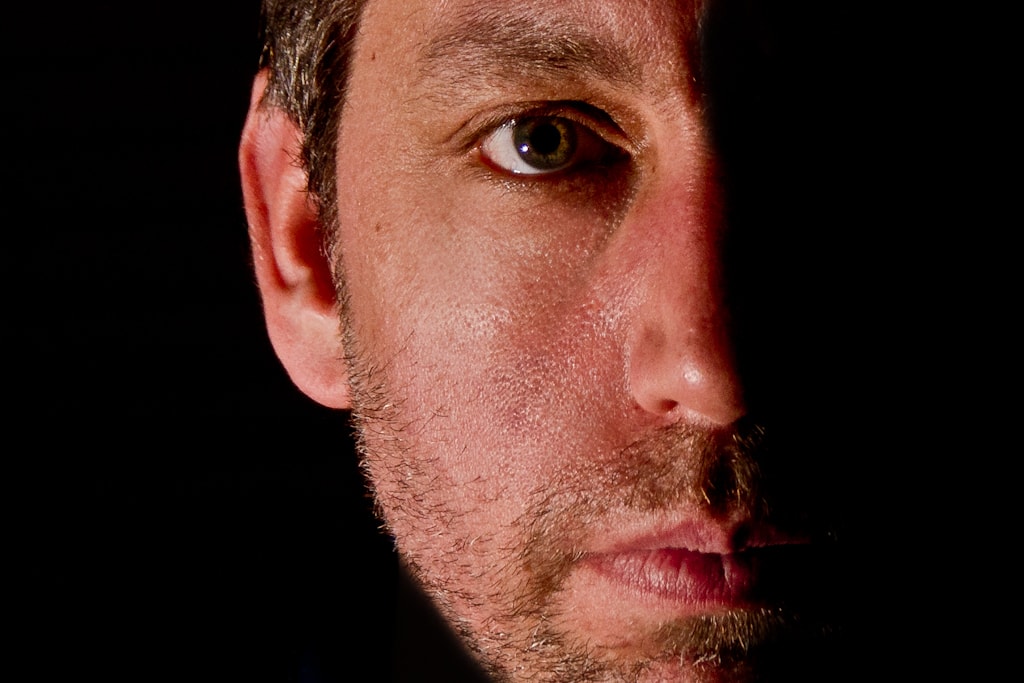
WHY USE HARD LIGHT FOR MORE DRAMATIC PORTRAITS?
And you will say to yourself, if I spend the day running away from it, modifying it through diffusers, looking for the first and last hours of light, looking for shadows in broad daylight, why should I now want to work with it? Well, because hard light is a fantastic tool for playing with drama in your portraits.
The symbolism that this type of light has, the jump from light to dark, the jump between good and evil, between light and darkness, the mystery and the high contrast that these images contain are capable of provoking multitudes of sensations. on the viewer. Beyond the beauty of a soft light, hard light has a power , a drama that as a photographer you cannot miss ?
A GOOD ALLY FOR DRAMATIC PORTRAITS: BLACK AND WHITE
Black and white is a good ally for high-contrast photos in general. Due to its high symbolic content, due to the elimination of colour, in short, because it seems to tolerate contrasts much better than in color which would not be or may not be as attractive.
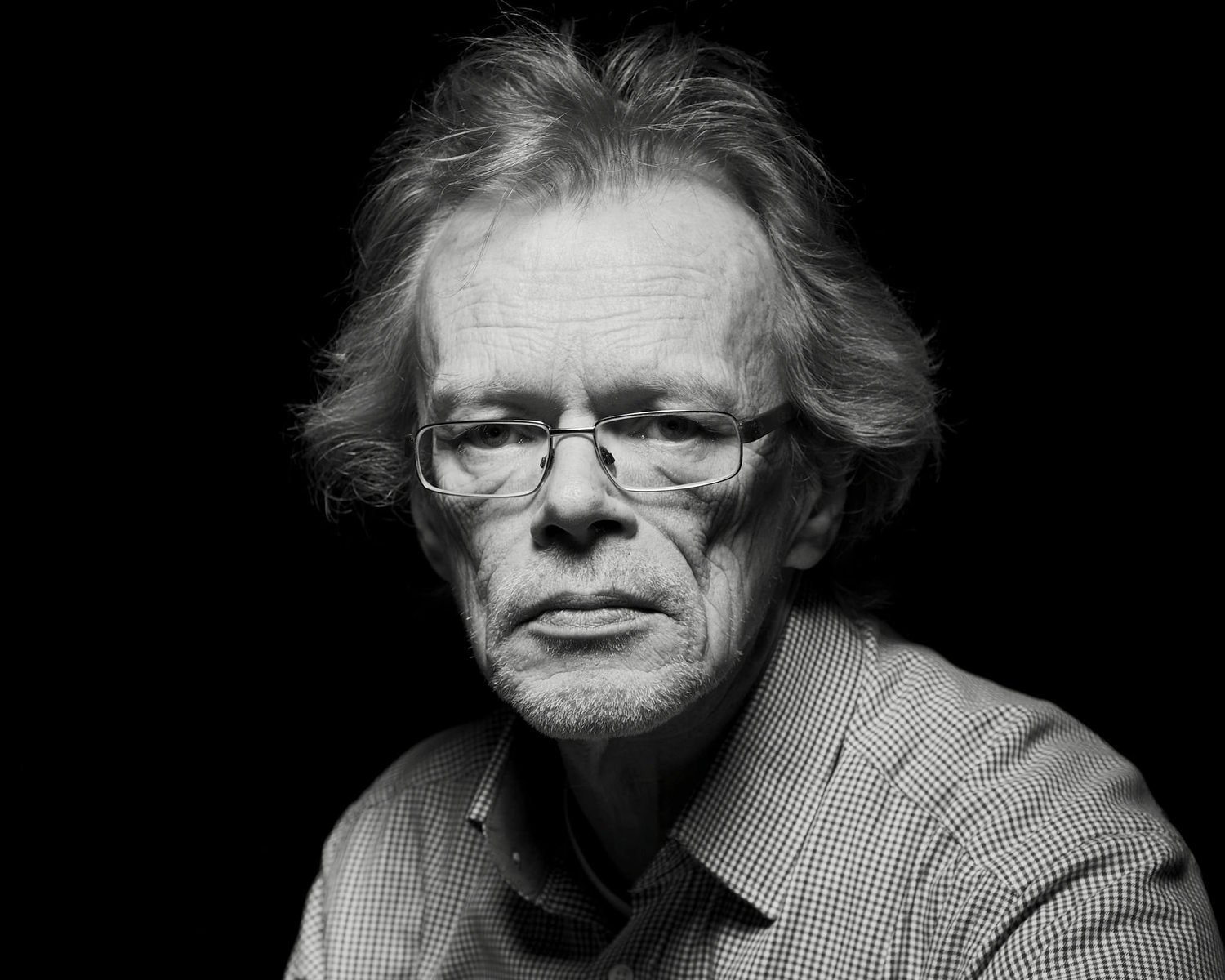
You're not going to tell me you're not going to dare with hard light, are you? With some very simple preparation like a simple light bulb, a patient model, a good background and a good measurement of light, you will achieve super dramatic portraits worthy of the best photography studio in your city. So now you know, to practice, that in that lies the key to any learning.

